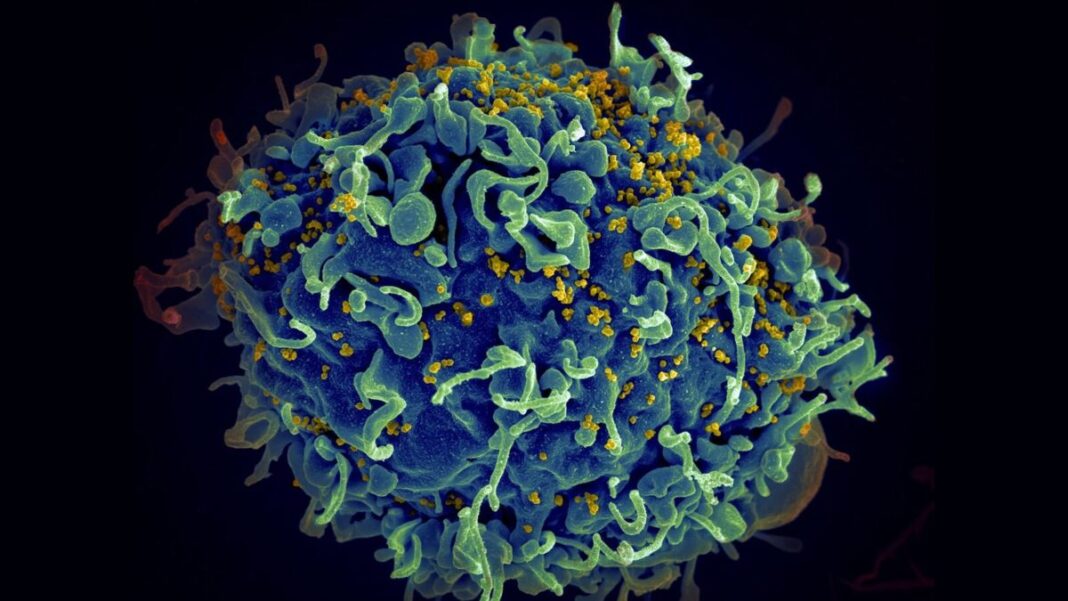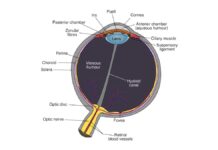The new variant is on the rise in the United States has features of Eris and 2022’s delta variant. What’s the impact?
A new COVID-19 virus variant, dubbed HV.1, has overtaken EG.5 (Eris) as the leading variant diagnosed in the United States, according to the U.S. Centers for Disease Control and Prevention’s (CDC) latest Oct. 28 report.
HV.1 has risen from 1.1 percent in early August to 25.2 percent of COVID cases. Meanwhile, EG.5 declined from 24.3 percent on Sept. 30 to its current share of 21.9 percent within one month.
Since the newest COVID booster rolled out—which was designed based on the XBB.1.5 variant—there have been two major variants that have replaced XBB.1.5 as the dominant strain in the United States. We will discuss the battle between vaccines and COVID variants in the next article.
HV.1 Spreads Faster
HV.1 comes after EG.5, a grandchild of XBB.1.5, or the Kraken. Due to its fast transmission rate and superior ability to evade immunity thanks to its F456L mutation, EG.5’s global prevalence increased, prompting the World Health Organization (WHO) to categorize it as a “variant of concern” (VOC) in early August.
HV.1 shares almost all spike mutations that EG.5 carries, including F456L. However, HV.1 has one surprising additional mutation: L452R. The L452R mutation, which increases infectivity, is one of the key mutations of the delta variant in 2021 but is absent in the omicron variant.
How could this happen? The unpredictability of these COVID virus variants should spur us to recall Heisenberg’s uncertainty principle of quantum physics. Physicists cannot determine the position or speed of a particle in the microscopic realm. Likewise, virologists cannot determine the mutation sites and the rate at which the COVID variants mutate in the viral realm, either.
HV.1 is believed to have slightly better transmissibility than the previous dominant strain EG.5, as its binding affinity to the ACE2 receptor is modestly better than EG.5’s, according to a recent analysis conducted by Peking University assistant professor Yunlong Cao and his team. Two more concerning strains are omicron subvariant HK.3 (FLip) and JN.1, which present much lower binding affinities.
By Yuhong Dong















































